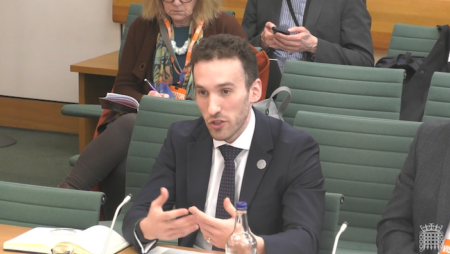A multi-partnered project in Finland has launched the world’s first Mobility-as-a-Service (MaaS) transport ecosystem. The Helsinki Model aspires to create a seamless, demand-based and compelling travel experience for the public that enabled by the increased digitalization of systems, in order increase freedom of choice in road transport options. The concept of Mobility-as-a-Service is defined as the ability for users to buy mobility services based on their needs, instead of just buying the means of mobility. In the present model, the user may either buy means, such as a car or a bike, or tickets for transport on buses, trains or metro systems. A total of 23 key organizations in Finland have cooperated in the establishment of the first MaaS ecosystem, with the aim offering tailor-made traffic and transport services to consumers based on their individual needs.
The partners that have cooperated in establishing the operator company include: Delta, Elisa Corporation, Ericsson, Goodsign, GoSwift, Helsinki Regional Transport Authority (HSL), IQ Payments, Finnish Geospatial Research Institute’s (FGI) National Land Survey, Neocard, OP Financial Group, Ramboll, Secto, Semel, Siemens, Sito, Skedgo, Stratax, Finnish Growth Corridor Network, Corporate Services of the Finnish Taxi Federation, City of Tampere, Sonera, and Uber. The Eera business consultancy is in charge of the business planning process.
The chairman of the project and CEO of ITS Finland, Sampo Hietanen described the concept as revolutionary, “With the MaaS concept, the user may buy transport from the place of departure to the destination. An essential part of the concept is thinking in terms of service level. The price of transport may vary, for instance based on time or comfort level. The new service offers freedom of choice for traffic users, combining mass transport, demand-based traffic and private vehicles. The basis for this new way of thinking is that different forms of transport may be combined in the future. For users not to be forced to create their own combination solution, it makes sense to create one or more traffic operators, who take the responsibility for the ecosystem structure. The service will be developed based on an open market model with broad co-operation. Creating unambiguous rules and standards is the prerequisite for numerous actors to be able to join the service network. In turn, this is the prerequisite for international expansion.”




